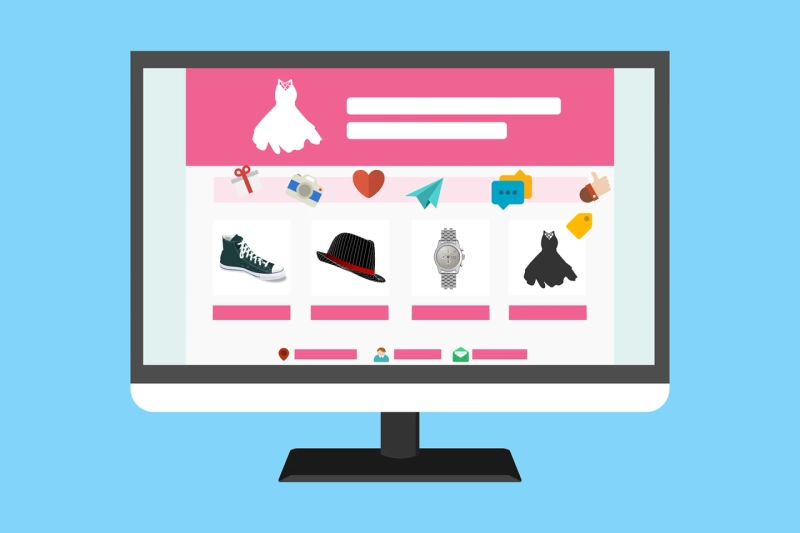We are all part of a generation that experienced tremendous digital transformation. For better or worse, how we embraced technology has certainly changed our lives. One such change would be how we do business in the digital world today. We live in an era of e-commerce where almost all businesses have an online presence. Since the last decade, more and more sellers and buyers have gone digital, leading to a boom in e-commerce development. However, merely going digital is not enough. To engage and retain customers, you require interesting content and an impressive visual representation of that content. This is where digital marketing comes into play with UI/UX design principles and strategies.
E-commerce UX and User Interface (UI) is one of the critical factors that influence customer engagement and, thus, the website traction of your business. For this reason, this article will explore two things: the benefits or key aspects of UI/UX in e-commerce websites and the top 5 essential UI/UX design practices to follow when building an e-commerce website.
Key Aspects or Benefits of a Good UI/UX
All businesses require user-base satisfaction to experience success. The e-commerce industry is no different. The online retail business is dependent on users, and their needs and actions determine success or loss. To boost customer engagement and the overall profit of your business, you need a design that provides the best user experience. Successful website design demands a better user interface (UI) and user experience (UX).
Let’s find out why investing in good UI/UX design is key to meeting the needs of user-bases and, ultimately, a good e-commerce website.
Efficacy or utility: A good UI/UX offers efficiency. It helps users to understand the product and make choices to purchase easier. Furthermore, when you design a good UX for users, navigation becomes very simple, and users can conveniently browse through pages without lags.
Make and save money: Invest in better UI/UX to boost your ROI or Return Of Investments. It will also provide low support cost while spiking your market share. You will experience rave customer reviews as well.
Low maintenance: A good UX design offers reduced development time and waste. When the design is top-notch, the odds of the website failing is less, and that will save you developmental costs in terms of repair and bug fixes.
Customer satisfaction: Better user experience equals customer satisfaction and brand loyalty. With a better UI/UX, you attract customers and retain them for the long haul. Besides, it will also lower marketing costs. Although every e-commerce retailer may have unique content and target audience, there are few essential principles that every designer should adhere to optimize website traffic. The top five best UI/UX design practices include: Quality research: We cannot underestimate a thorough understanding of users and their requirements. Therefore, we need to conduct user-focused research and define user goals before designing any element of our website. Break down the goals, understand user expectations and then plan accordingly. Consistent design patterns: Choosing common UI elements, branding elements, typography, templates, etc., is an integral part of the UI/UX design system. They are essential to ensure uniformity and maintain proper user experience consistency. Therefore, an inventory with all the listed elements would be extremely helpful. User-friendly applications: You hit the jackpot when a website is really easy to use. It is time-intensive, avoids unnecessary complications and confusions, thus creating a happy customer base. This is why consistent actions ensure a smooth task run. When the users experience consistency in using websites, there is no learning curve on every page, and navigation becomes super simple. Quality content: Your website must have quality content in addition to appealing visual elements. The structure of the content is very important in UI elements, as is brand consistency. Setting up appropriate user defaults in your website can also promote a positive user experience. Customer communication: Everything on the website should be crystal clear to comprehend. Your customer should not wonder what to do next or, worse, how to make payments! Therefore design hacks such as toggles, error windows, search results, etc., could be used effectively for smooth customer communication.Top 5 Essential UI/UX Design Practices


